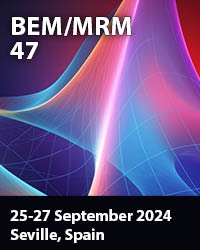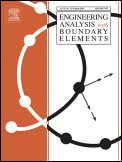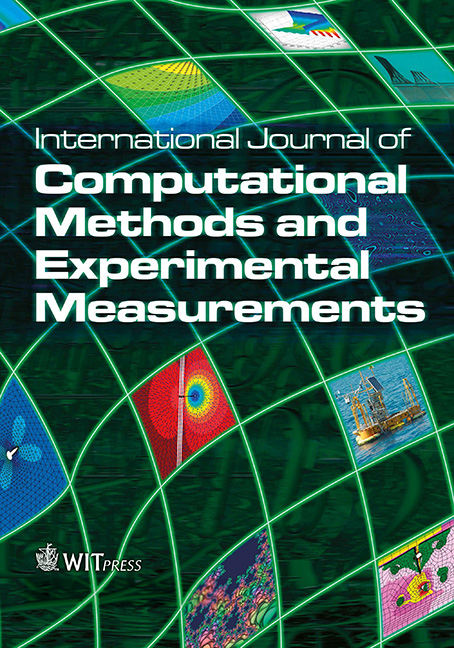Tutorials
Author: Youssef F. Rashed, Dept. of Structural Engineering, Cairo University, Giza Egypt
Summary:
The main objective of this primer is to make the boundary element method more usable, not only among researchers but among engineers as well. This primer will provide a series of lessons and will discuss different mathematical and numerical topics of boundary element methods. In the current lesson, we will discuss:
- An introduction and overview of the boundary element method.
- Program testing methods and possible errors.
- Different modeling strategies.
Author: Youssef F. Rashed, Dept. of Structural Engineering, Cairo University, Giza Egypt
Summary:
In this tutorial we will introduce the reader to how the direct integral forms for a partial differential equation can be derived. We will start from the well-known form for the integration by parts rule and then we will generalize it to demonstrate how Green's second identity works. Therefore the main objectives of this tutorial are:
- To review the philosophy behind the integration by part rule.
- To generalize the integration by parts formulae to the form of Green's second identity for multi- dimensional system.
- To review the rules of indicial notation.
- To derive the integral equation formulation for Laplace equation.
- To extend the above formulation to Poisson's equation.
- To give an overview of the different possible research areas in the BEM.
Author: Youssef F. Rashed, Dept. of Structural Engineering, Cairo University, Giza Egypt
Summary:
In tutorial 2, we demonstrated the basic steps for deriving the direct boundary integral equation. In this tutorial we will explain, with more examples, the derivation of the direct boundary integral equation for systems of partial differential equations. We will consider two examples: elasticity problems and shear-deformable plate bending problems.
Author: Youssef F. Rashed, Dept. of Structural Engineering, Cairo University, Giza Egypt
Summary:
In tutorial 3, we presented other examples on the derivation of the boundary integral equation in the direct form. Mainly, elasticity and plate in bending problems were discussed. In this tutorial, we will discuss the definitions and the methods of derivation of fundamental solutions. The use of such solution within the boundary element method was discussed in the former tutorial. A table presents the commonly used forms of fundamental solution is given. Also a method based on simple analogy to the algebraic partial fraction is discussed to decompose compound differential operators. In the next tutorial, we will continue discussing how to set up the fundamental solutions for complex matrix operators.
Author: Youssef F. Rashed, Dept. of Structural Engineering, Cairo University, Giza Egypt
Summary:
In this tutorial, we will continue the discussion, started in the tutorial 4, about the derivation of the fundamental solutions. In the former tutorial, we presented techniques for setting up the fundamental solution for simple and compound operators. Herein, we will discuss the use of operator decoupling technique to breakdown matrix operators to simple or compound scalar ones. This method is due to Lars Hörmander [1] and it was introduced to the setting up of fundamental solutions within the context of boundary element method by Kitahara ( cf. Ref. [2]) and Tosaka (cf. Ref. [3]).
We will present two examples: elasticity and plate bending problems, to demonstrate the usage of such technique.
Author: Youssef F. Rashed, Dept. of Structural Engineering, Cairo University, Giza Egypt
Summary:
In previous tutorials, we discussed different methods for deriving the displacement fundamental solutions for some types of operators. In this tutorial, detailed steps for the derivation of the traction kernels are discussed. The traction kernels for the two- and three-dimensional elasticity equations are considered herein; whereas, in the next tutorial we will discuss the derivation of the generalized traction kernels for the plate bending problem according to the Riessner theory.




